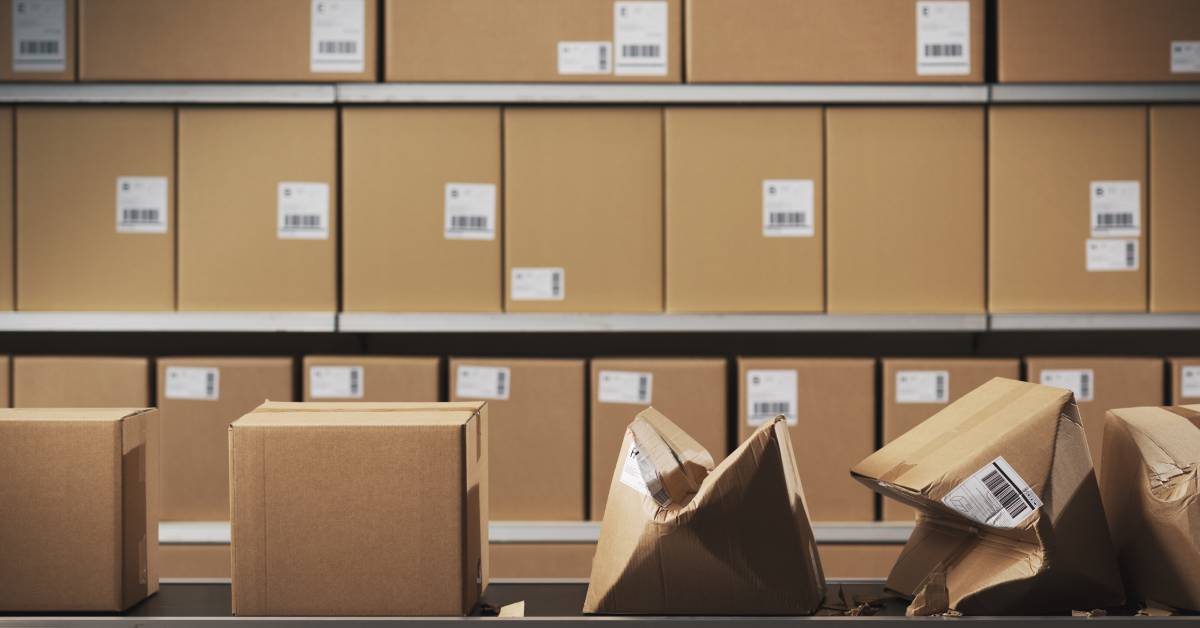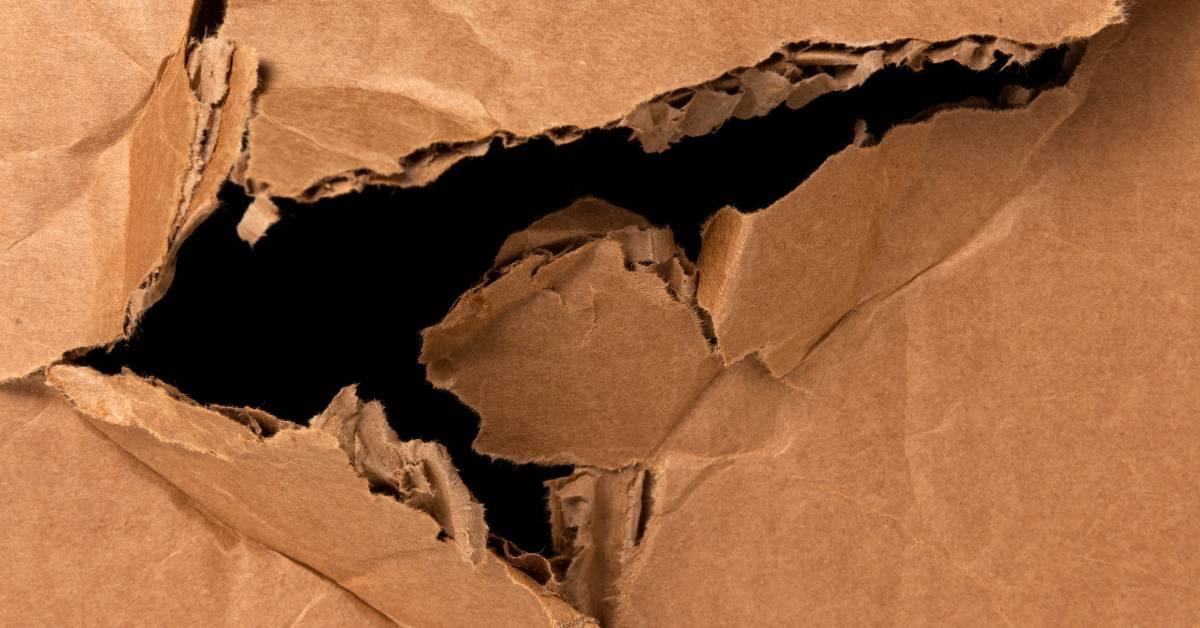
Shipping items securely is a fundamental issue for businesses across various industries. Damaged goods not only lead to dissatisfied customers but can also cost your business money. The best way to avoid these problems is to take proactive measures.
By focusing on crush-resistant packaging strategies, you can guarantee that items arrive at their destination in top condition. Utilize these seven important things you can do to make crush-resistant shipments that will protect items against several hazards during transit.
1. Choose High-Quality Boxes
It all starts with the foundation of your shipment. Not all packaging solutions offer equal protection. Materials such as thin cardboard without reinforcement are ill-suited for shipments requiring crush resistance. Choose materials for plain boxes that match the demands of the shipment and protect the products at every stage of transit.
Corrugated fiberboard, for instance, is vastly superior to basic cardboard due to its layered structure and durability. It’s designed to handle varying levels of weight and pressure.
If you’re shipping heavy or fragile items, choose double-walled or triple-walled boxes; these designs allow for greater durability than single-walled boxes. To protect perishable or temperature-sensitive items, consider insulated packaging that combines strength and temperature protection in one. It may also be worth exploring water-resistant box coatings for items that may travel through varying weather conditions during transit.
Additionally, it’s common to stack numerous boxes on top of one another. If the shipment will face pressure from other packages, select boxes with a higher edge crush test (ECT) number for improved stacking strength.
2. Pad and Cushion Your Items
Effective cushioning creates a protective barrier between the items and external forces that could damage them. Use bubble wrap, foam inserts, packing peanuts, or air pillows to fill in empty spaces inside the box. The goal is to prevent products from shifting around during transit.
For especially fragile items, such as glassware and electronics, consider customized foam inserts that conform to the shape of the product. A snug fit with no room for unnecessary movement will prevent damage during transportation.
Don’t forget to pad not just the sides but also the top and bottom of the box, as these areas often bear the most pressure during stacking and transportation. Always aim for at least two inches of cushioning around all surfaces to create a solid buffer.

3. Use Reinforced Tape for Sealing
The tape you seal the box with matters as much as the box itself. Strong, reinforced tape secures the package and adds a strong, resistant layer to external pressure. Look for adhesive tapes designed specifically for shipping, such as water-activated tape or reinforced fiberglass tape.
When sealing your boxes, use the H-taping method. Seal each box along every seam, including the edges and center. This method will create a secure barrier that strengthens the overall structural integrity of the shipment and is less likely to split open under strain.
For added stability, use a filament tape; it contains embedded fiberglass strands that provide substantial holding power. This option is especially helpful for shipping and handling extremely heavy products.
4. Do Not Overpack the Box
Overpacking a box is a common mistake that increases the chance of crushing. Adding excessive weight or forcing too many items into a single box weakens its structural integrity and makes it more likely to collapse when stacked under heavy loads. Instead, distribute weight evenly within the box, and avoid exceeding the recommended weight limit for the packaging material.
If you ship items with irregular shapes or sharp edges, account for potential stress points that could weaken the box. Sharp objects should have padding and coverings, so they don’t puncture the packaging from the inside. Using multiple small boxes for difficult shipments can also eliminate pressure points and maintain the strength of your packaging over the full length of the shipping process.
5. Add Protective Reinforcements
Reinforcements are an excellent way to bolster a box’s resistance to crushing. Consider using corner protectors, edge guards, or cardboard inserts to strengthen weak points in the packaging. These simple reinforcements reduce the pressure placed on specific areas of the box, helping it maintain its shape under stress.
For highly sensitive shipments, such as machinery and medical equipment, reinforcement techniques become even more important. Constructing inner frames or padding layers with rigid materials, like wood or plastic, creates a sturdier defense against pressure. Reinforcements ensure the external box doesn’t cave in against heavy stacking or sudden impacts.

6. Label the Shipments Clearly
Labeling may not directly prevent crushing, but it plays a vital role in how workers handle a package. Labels like “Fragile,” “This Side Up,” or “Handle with Care” send a clear message to handlers and carriers. Your efforts will decrease the chances of improper stacking and rough treatment.
Beyond these standard messages, consider using directional arrows to indicate safe stacking directions. Adding a “Do Not Stack” label can be particularly effective for shipments in soft or less-reinforced packaging. This additional visibility equips everyone involved in the transit process with the critical instructions they need to minimize risks for your shipment.
7. Find a Reliable Packaging Provider
Collaborating with a trusted packaging provider, like United Container Company, ensures your business receives expertly designed solutions to protect your shipments. Companies specializing in custom packaging can offer tailored options based on the weight, dimensions, and fragility of your products. With access to industry-tested materials and designs, you can run your business confidently.
Custom packaging also ensures proper branding while balancing functionality, allowing your shipments to stand out while staying secure. With experts on hand to assess your most common shipping pain points, a reliable provider can recommend the right reinforcements, materials, and strategies to keep your goods safe no matter where they’re headed.
Protect Your Shipments
Begin your streamlined shipping process by using these things you can do to make your shipment crush-resistant. Choose high-quality materials like reinforced boxes and proper cushioning, strengthen your packaging with reinforcements, and adopt best practices like labeling and balanced weight distribution. Additionally, partnering with a business like United Container Company can elevate your shipping process with their expert guidance and premium packaging options.
Protecting your shipments is an investment in your company’s reputation. By taking these steps, you’ll not only reduce the risk of damaged goods but also ensure your customers receive their orders in perfect condition every time. No matter the volume or type of shipment, applying these strategies will set your products up for safe and successful transport.
Posted by





